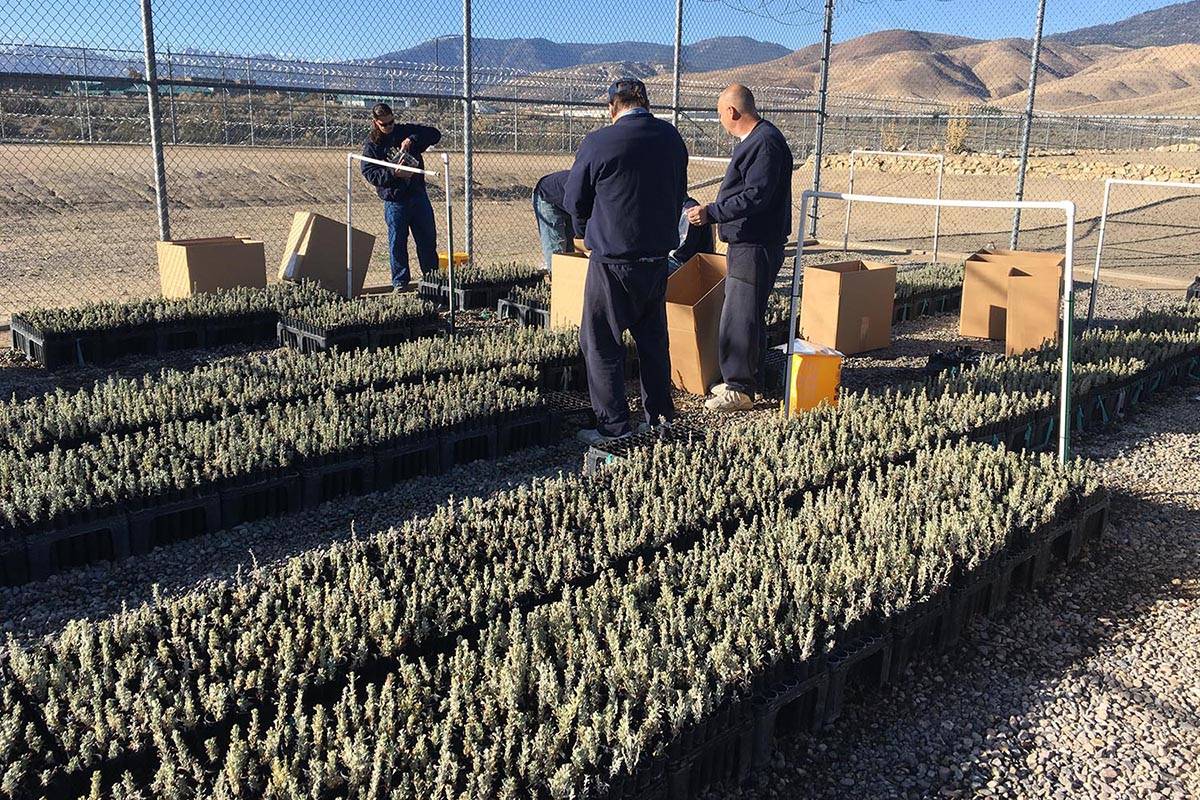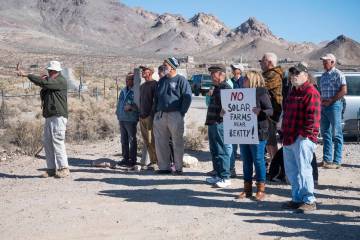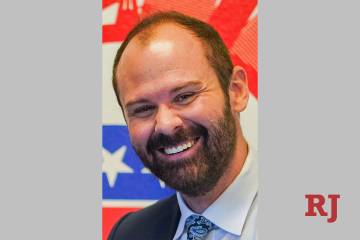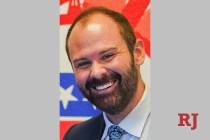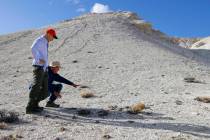Sisolak signs executive order to conserve wildlife habitat
CARSON CITY — Gov. Steve Sisolak signed an executive order Monday aimed at reversing “the long-term trend of loss of Nevada’s wild landscapes” due to climate change, wildfires, invasive species and habitat loss.
The move drew praise from environmental groups and advocates for wildlife.
The governor’s order establishes a “Habitat Conservation Framework” under the Department of Wildlife to promote habitat conservation, restoration, and rehabilitation in partnership with landowners, government agencies and others. A “foundational element” of the framework will be development of a “Sagebrush Habitat Plan” by the end of 2023 to identify threats to such habitats and strategies to enhance, restore and maintain such areas.
A third component calls on the Department of Wildlife to develop a statewide “Wildlife Connectivity Plan” to identify and preserve migratory corridors for deer, elk and other wild ungulates, also by the end of 2023.
“Nevada’s wild landscapes provide the clear air, clean water and open space that are integral to a healthy economy and our way of life,” the governor said in a statement announcing the order. “Whether it is mule deer or desert tortoises, no animal thrives without a healthy ecosystem, and this executive order puts a crucial focus on the corridors through which wildlife migrate to survive.”
Recreation is big business
The order notes that outdoor recreation in Nevada generates $12.5 billion of annual consumer spending and $1 billion in tax revenues and supports more than 87,000 jobs. Sagebrush habitats cover half the state, supporting more than 360 species of plants and animals, but across the range, half of those habitats have been lost to wildfire, invasive species, agricultural conversion and encroachment by other plant species such as pinyon-juniper trees, making sagebrush ecosystems “one of the most imperiled in the U.S.”
Greater sage-grouse numbers “have declined by approximately 78% in the Great Basin since 1960,” and nearly one-quarter of the roughly 20 million acres of sage grouse habitat in the state “has burned in the past 30 years,” per the order.
Working with outdoor groups
Nevada will “engage with conservation advocates, ranchers, industry, and other interested stakeholders as well as local and federal agencies to identify and assess the value of high-quality habitats” under the new framework, which follows on the 2020 passage of the bipartisan Great American Outdoors Act. That measure provides $900 million in funding annually to the Land and Water Conservation Fund and up to $1.9 billion annually for five years to pay for backlogged maintenance in national parks.
Statements of support for Sisolak’s order came from a coalition of conservation and recreation and sporting groups that collaborated on it, including The Pew Charitable Trusts, Nevada Conservation League, Theodore Roosevelt Conservation Partnership, Nevada Wildlife Federation, National Wildlife Federation, Western Resource Advocates, Trout Unlimited, Nevada Bighorns Unlimited and Institute for a Progressive Nevada.
The order will assist relevant state agencies “with researching, maintaining, and preserving migratory corridors within our state,” said Annette Magnus, executive director for Institute for a Progressive Nevada. “Our roads, highways, and overall human expansion into areas that are normally habitats for wildlife has to be balanced with their need to have safe migratory corridors.”
Contact Capital Bureau reporter Bill Dentzer at bdentzer@reviewjournal.com. Follow @DentzerNews on Twitter.



